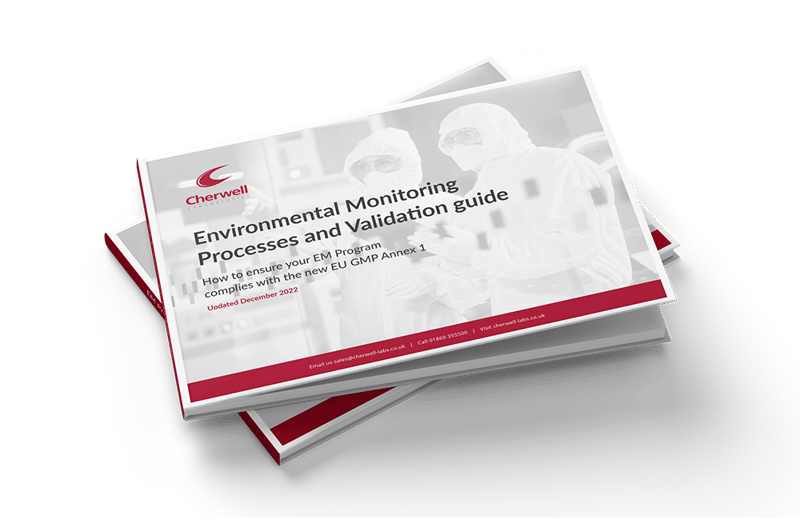A major industry survey, started by Pharmig at its 24th Annual Conference in Nottingham, followed by a questionnaire sent to Pharmig members, revealed 91 per cent of respondents source some or all of their prepared media plates from external suppliers. The survey was devised to investigate quality control activities around prepared culture media within the pharmaceutical and healthcare industry.
The high percentage of respondents outsourcing prepared media indicates that this practice is now, by far the preferred industry option. However, there are still organisations for whom in-house preparation is the choice.
For all organisations who use prepared media, ensuring that contamination and the resulting wastage is kept to a minimum is an ongoing concern. Assuming your media has been prepared according to benchmarked industry standards in a certified cleanroom environment, your primary consideration will be to ensure it is stored and handled correctly.
Some steps might seem obvious; reading product labels for instance. These steps are nevertheless vital. Always follow the instructions found on the label indicating shelf life and any specific storage conditions instructed. Note the expiry dates on the labels, and make use of the prepared media plates in the order of their batch numbers as part of your stock rotation.
We have compiled a list of five essential, basic check-points that will help ensure your prepared media remain pristine and ready for use.
Temperature control
The temperature storage conditions of prepared media and their components can vary greatly according to the different media types and their associated uses. Temperature control is crucial to maintaining the integrity of the prepared media plates and ensuring they don’t become contaminated. Poor temperature control can lead to a chain reaction of disastrous events. For instance, refrigeration can cause excessive condensation, whilst overheating can cause precipitation, pH drift, darkening, weakened gel strength and reduced performance.
Light exposure
Under ideal conditions, prepared media plates should be stored in a dark space. This ensures the media remains safe and uncorrupted. Some media are very light sensitive, requiring photographic dark room conditions. Others are less so, but all are light sensitive to some degree. If you don’t have access to a dark place, then ensure the media is, at the very least, out of direct sunlight at all times.
Clean space
If your prepared media plates are not stored in a cleanroom environment, it is best to leave them in the unopened box before transferring into the cleanroom. This will ensure the surface of the packaging does not become excessively soiled, making the transfer process into the cleanroom a less hazardous task. If this cannot be achieved, please ensure the store room is physically clean to prevent excessive contamination of the packaging surface.
Perfect packaging
Packaging plays a significant role in the safety of your prepared media plates. The right kind of packaging acts as a barrier to the possible exposure of the media to causes of contamination and degradation. Poor quality or poorly wrapped packaging can lead to moisture forming on the media through condensation, or allow contaminants to enter.
The packaging should be able to ensure complete sterility. When working with a supplier you should request packaging solutions that suit your unique needs. Often suppliers will create a bespoke packaging solution that is most suitable for the intended application of the prepared media plates. And there are quick solutions available too, such as requesting double or triple wrapped gamma irradiated packaging. This allows the prepared media plates to be unwrapped very specifically, as they move through various cleanroom grades.
Appropriate positioning
Within their sterile storage environment, petri dishes must also be stored in the correct position to prevent damage, condensation or other spoiling from occurring.
Petri dishes should never be placed on their side, for example, as any developing condensation could leak into the lid. Storing petri dishes lid down is the best way to ensure the media inside remains pristine and safe from light exposure. Contact plates however, should not be stored in this way as this positioning could result in the agar falling out of the dish.
Basic precautions may be all you need
Once suitable sterility levels are assured, it’s better to have a consistently reliable, if basic, storage and handling protocol in place instead of an over-complicated strategy that is tricky to maintain.
These five elementary steps are the key to best practice when it comes to storing and handling prepared media successfully. Whether you prepare your media yourself, or are one of the growing number of organisations relying on external supplies, how you store and handle your media once it reaches you is critical to avoiding wastage costs or the potentially far more serious consequences of contamination.
For your prepared media plates, in contact plate or petri dish form, to be considered viable, they must be free from excess moisture, have no trace of microbial growth, be easily identifiable with storage and handling history clearly defined.
Your supplier must be able to confirm that the plates you are receiving are suitable for microorganism growth appropriate to the intended environment, and they must ensure the intended media can be collected without the risk of contamination.
For a more detailed insight into best practices regarding prepared media, download The Pharmaceutical and Cleanroom Industry’s Guide to Prepared Culture Media.







